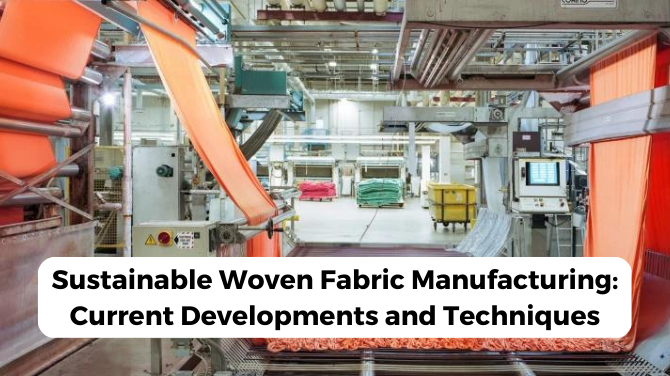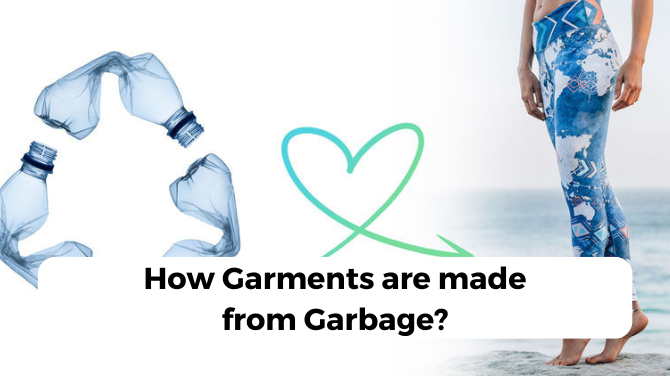The production of fabrics using ecologically friendly processes and resources that have no negative impact on the environment is referred to as sustainable woven fabric manufacturing. Growing consumer demand for eco-friendly clothing and textiles has sparked the creation of novel production techniques and sustainable woven fabric breakthroughs in recent years. In this article, we are going to discuss the top 4 ways in which the world is trying to make woven fabric manufacturing sustainable.
4 Current Developments and Techniques in Sustainable Woven Fabric Manufacturing
- Eco-Friendly Materials
The use of eco-friendly materials is one of the main areas of concentration in the production of sustainable woven fabrics. This involves the use of natural fibres that are grown without the use of toxic chemicals and fertilisers, such as organic cotton, linen, and hemp. The use of recycled resources, like recycled polyester, in the creation of woven fabrics has also increased.
2. Natural Dyeing Techniques
Sustainable woven fabric producers are adopting natural dyeing procedures in addition to eco-friendly resources. Instead of synthetic chemicals, plant-based dyes and pigments are used to colour the cloth in this case. Natural dyeing methods yield distinctive, one-of-a-kind colour variations that are impossible to accomplish with synthetic dyes while also lowering the environmental effect of the manufacturing process.
3. Water Conservation
Another crucial component of producing woven fabrics sustainably is water conservation. Traditional fabric production methods can use a lot of water, but there are now a lot of technologies that can help you use less water. These include closed-loop systems, which recycle and reuse water during the production process, and waterless dyeing procedures, which use less water and generate less wastewater.
4. Energy Efficiency
Another important area of attention in the production of sustainable woven fabrics is energy efficiency. Although many fabric production processes use a lot of energy, new technology has allowed for the creation of more energy-efficient techniques. This involves implementing energy-saving practises like the use of LED lighting and effective heating and cooling systems, as well as the use of solar panels and other renewable energy sources to power the production process.
Conclusion:
Overall, great progress has been made in minimising the environmental impact of the fashion and textile industries as a result of recent advancements in sustainable woven fabric production. Manufacturers are able to produce high-quality fabrics while having a minimal impact on the environment by using eco-friendly resources, natural dyeing procedures, water conservation technologies, and energy-efficient methods. In the upcoming years, it’s possible that the production of sustainable woven fabrics will witness even more advances as the market for eco-friendly clothing continues to expand.
If you are looking for a reliable woven fabric manufacturer, please contact us.





